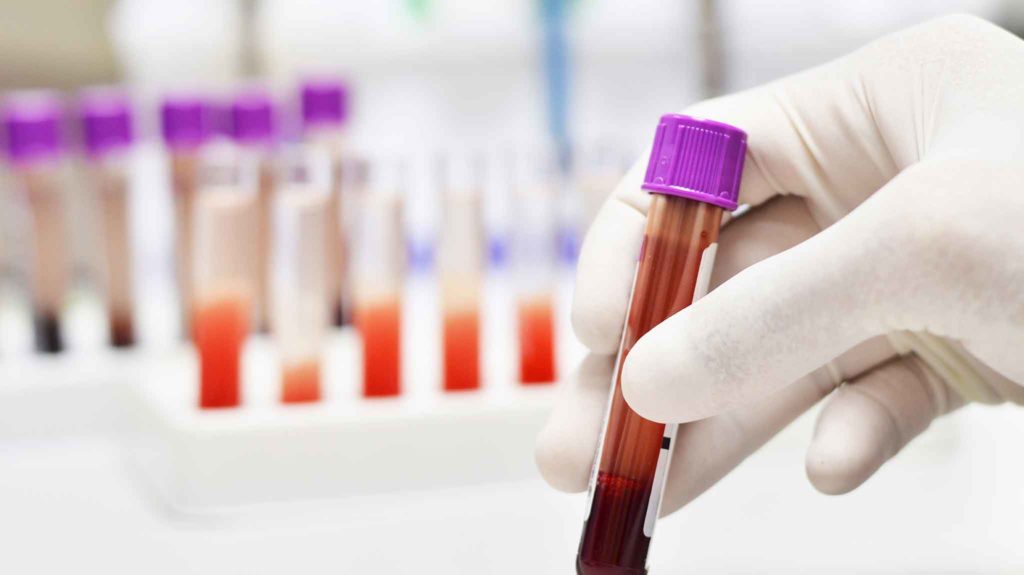Today’s blog is written by Ashley G. Anderson, MD, Chief Medical Officer at Promega.

The need for reliable virus detection methods is central to the global response to COVID-19. These test results not only inform health decisions for individual patients, but they also help us build projections of how the virus will spread, which can in turn influence policy decisions.
Following the emergence of COVID-19, PCR-based tests were developed and deployed to detect the virus in patients in hospitals. PCR, or Polymerase Chain Reaction, is a common technique used in labs to amplify large quantities of DNA. The detection tests use swabs placed deep into the back of the nose to detect genetic material carried by SARS-CoV-2, the virus causing COVID-19.
Those tests have been crucial to monitoring infection rates and informing patient treatment, but at this point they have fallen short of providing an overall picture of the pandemic. We know that thousands more cases have likely gone untested due to mild or unnoticed symptoms or lack of access to tests. Since PCR-based methods can only tell us if the virus is active in the patient at the time of sample and offer no information about whether a patient has been infected in the past, we currently have no way to determine how many of these unconfirmed cases exist or which patients have recovered. Serological assays are the one of the most promising tools to address that question.
A serological assay is a test that uses blood samples from a patient to detect antibodies produced in response to the virus. Viruses such as SARS-CoV-2 present a unique “spike” protein on their surface that allows them to enter host cells. To attack the infection, the immune system produces antibodies that can bind to that protein and activate other immune cells to destroy the virus. Those antibodies remain in the body even after the infection is gone, so if a serological assay detects the antibodies specific to a given virus, we can conclude that the patient has been infected in the past.
We are hopeful that an adequate antibody response will provide immunity for an extended period of time; however there is much to be learned about the duration of immunity. Widespread deployment of this type of test would help us predict whether the infection rate will increase or decrease in a given area, based on the percentage of the population that is immune to the virus.
Many companies and research teams around the world are hard at work to develop serological assays that can help us in the fight against COVID-19. Any test to be widely deployed must prove both sensitivity and specificity, and must have the ability to determine if the antibody level is actually protective for the patient. It is our hope that this type of test will be of clinical value by identifying individuals who have had the infection, and who are now immune. This population health information will be of immeasurable value in combating the spread of the disease. As scientists work to build these tools in a time of crisis, we acknowledge that collaboration and open science will be invaluable to our success. We are in this fight together.
